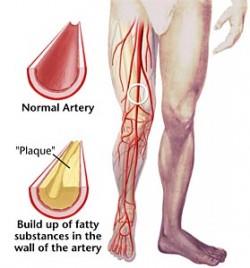

9892 232 521


 Causes of Varicose veins:(ETIOLOGY)
Causes of Varicose veins:(ETIOLOGY)
 Muscle pump failure.
Muscle pump failure.
 Valve failure.
Valve failure.

 Deep vein obstruction can be caused by DVT (Deep Venous Thrombosis) e.g. in economy class syndrome or by tumours in the pelvis compressing the veins. If it persists it causes valve failure too.
Deep vein obstruction can be caused by DVT (Deep Venous Thrombosis) e.g. in economy class syndrome or by tumours in the pelvis compressing the veins. If it persists it causes valve failure too.
